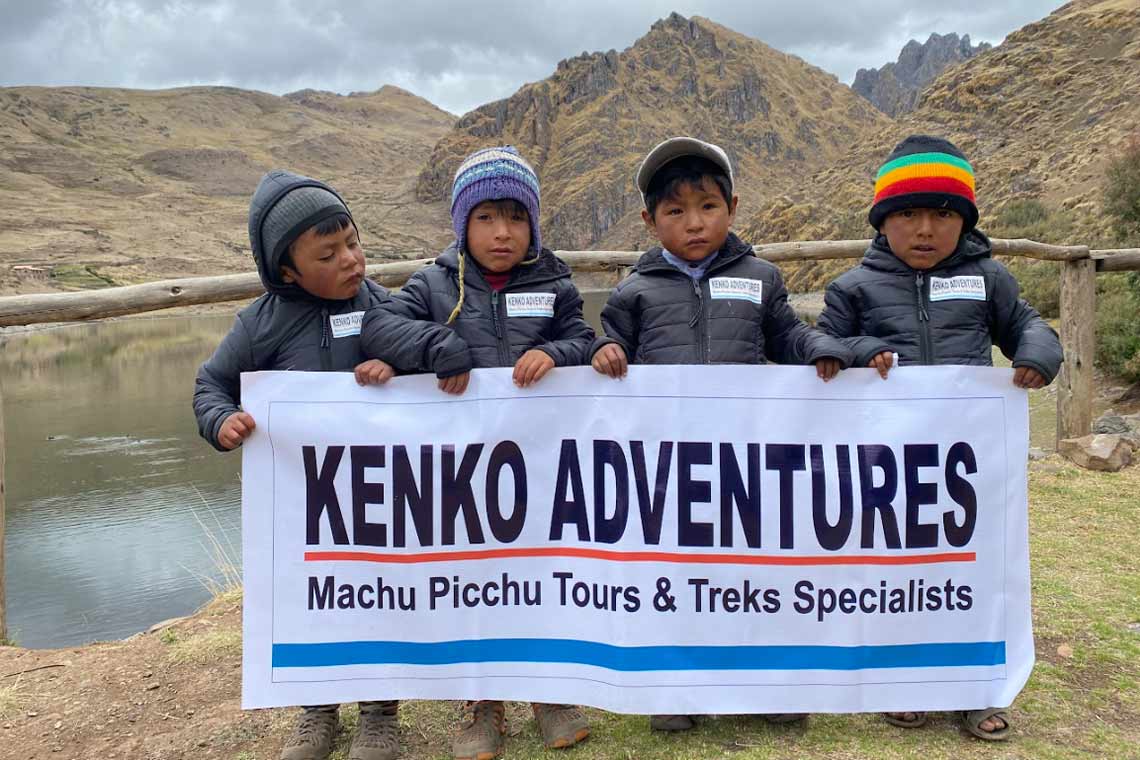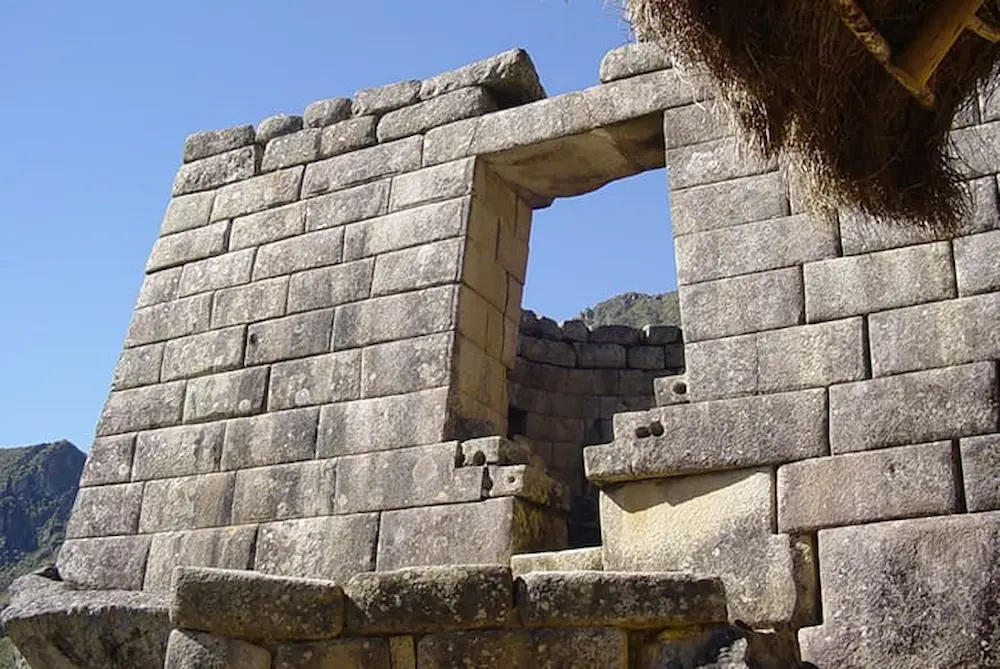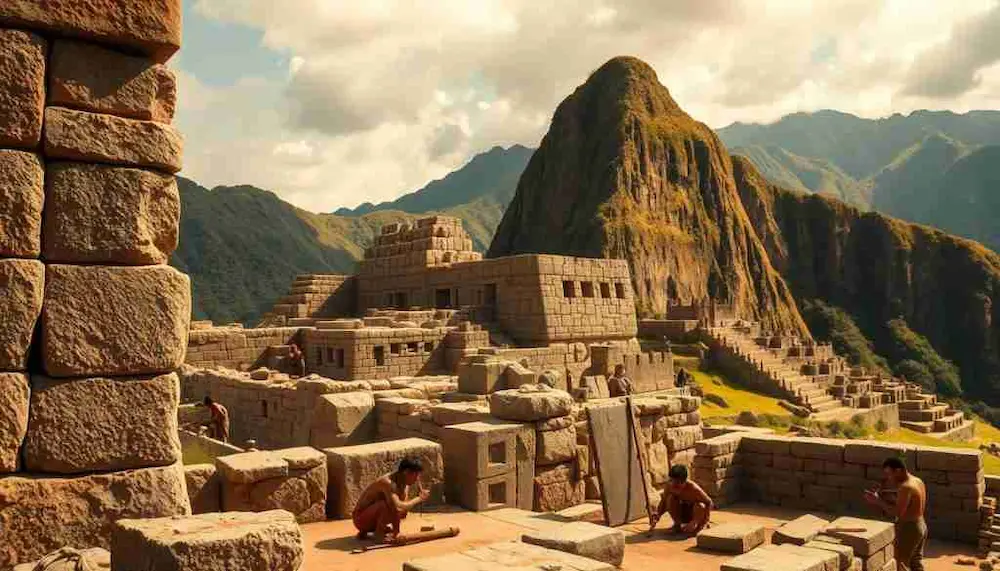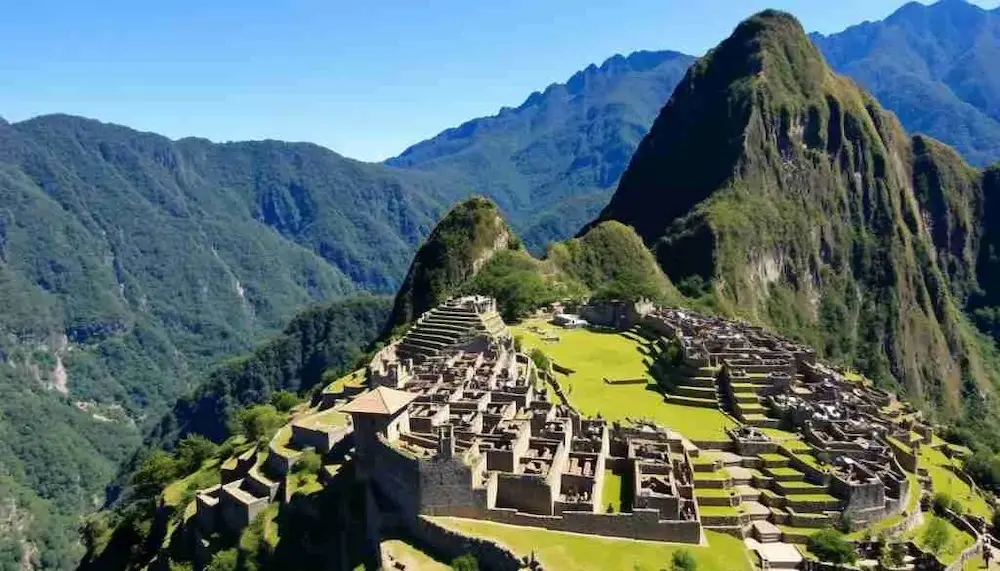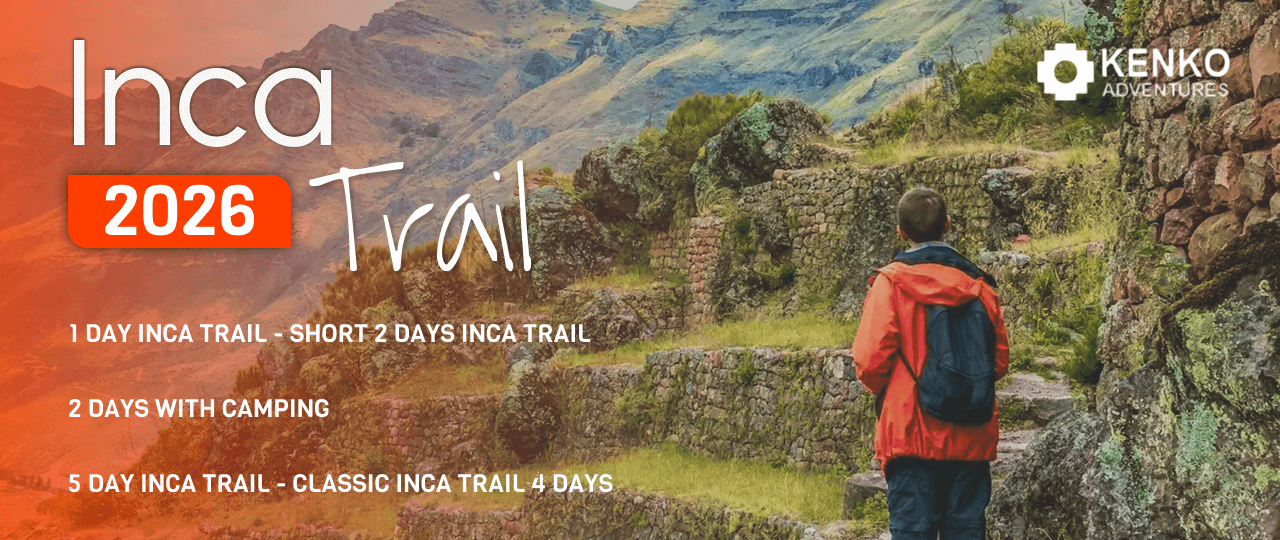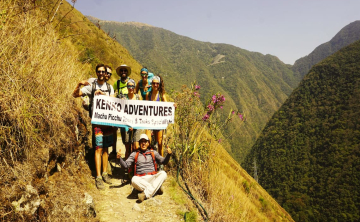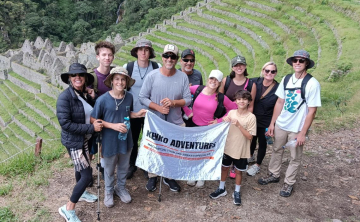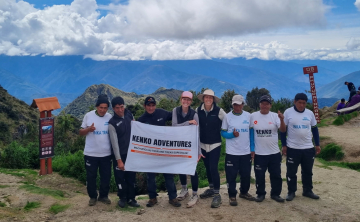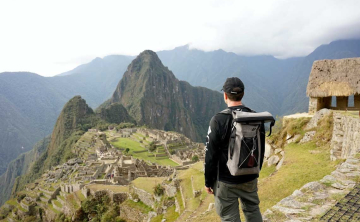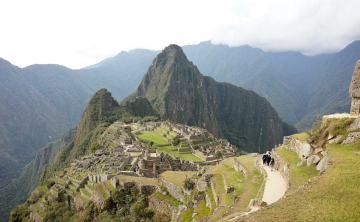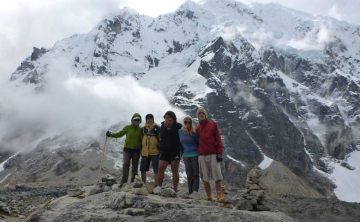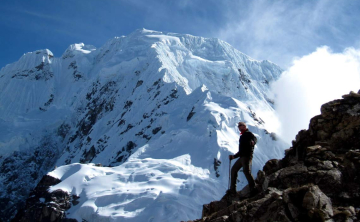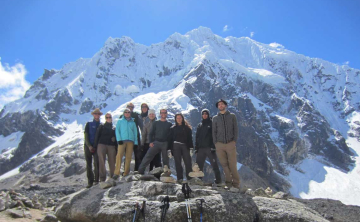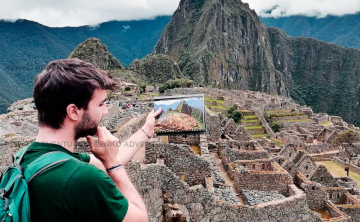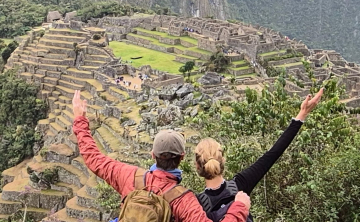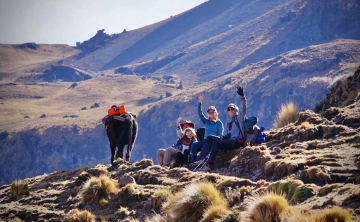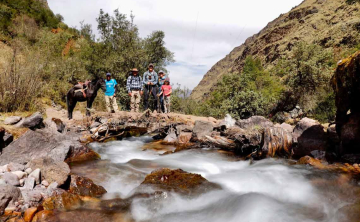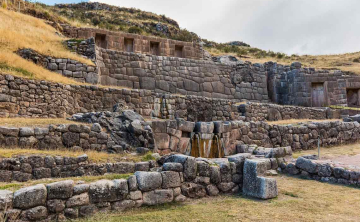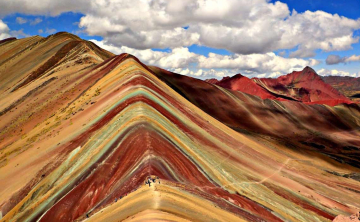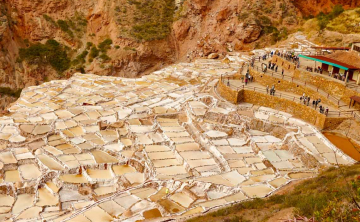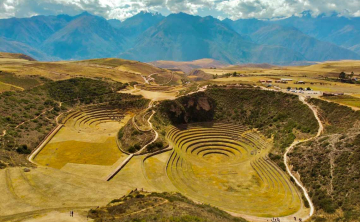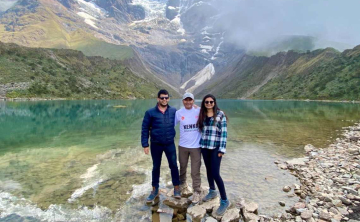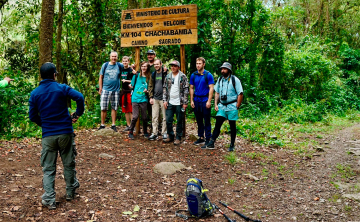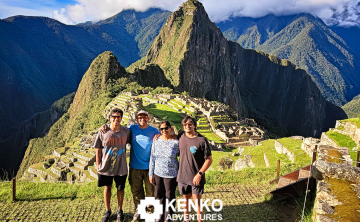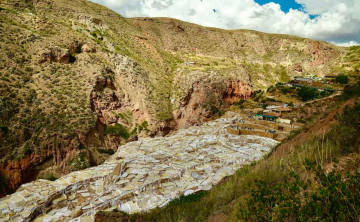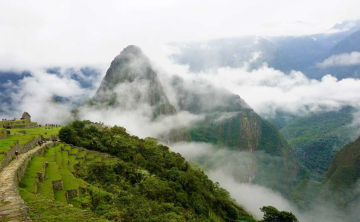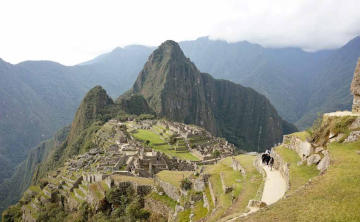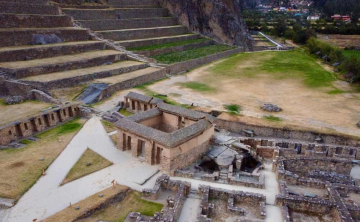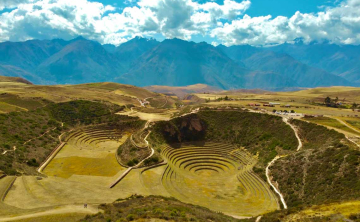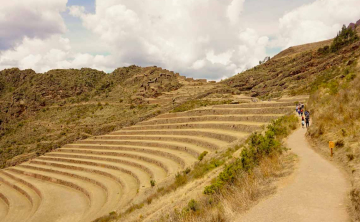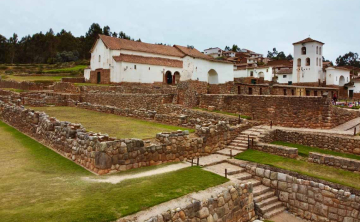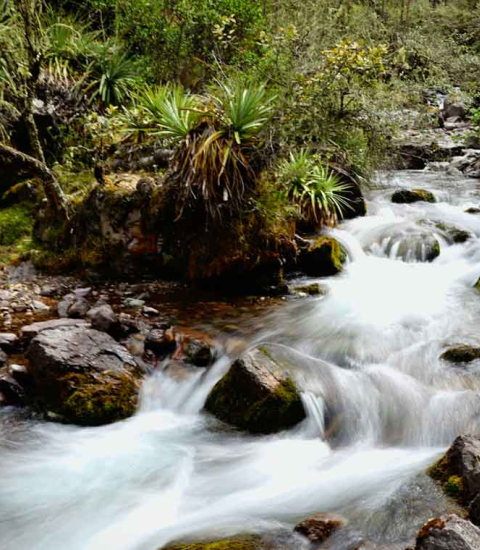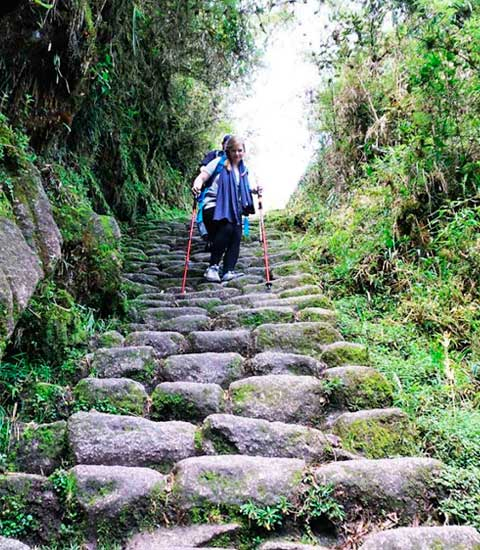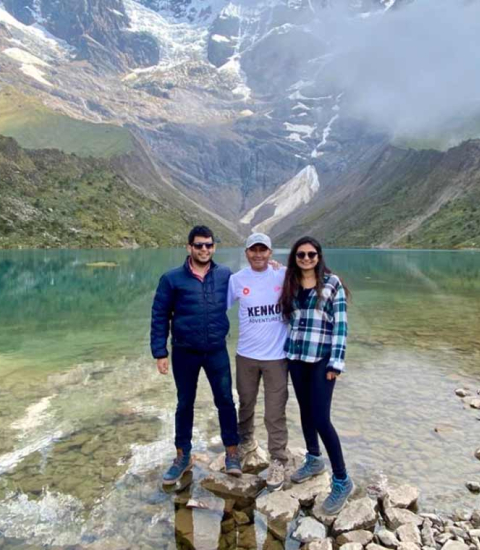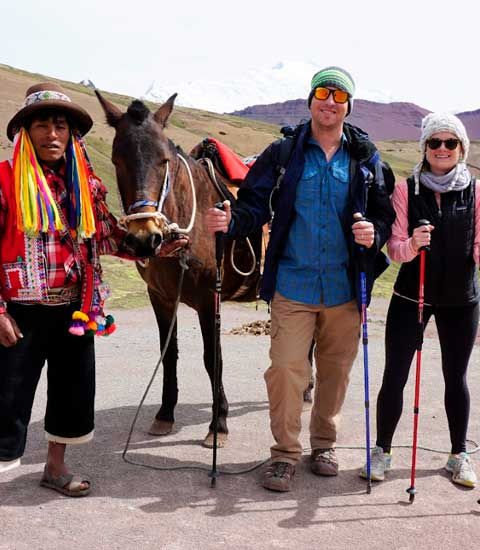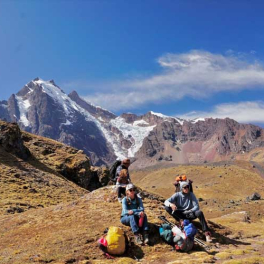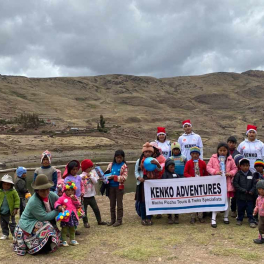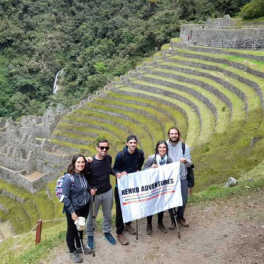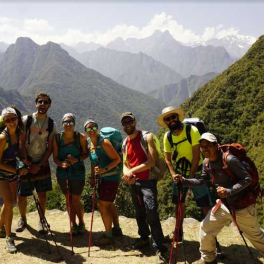We present our real culture life to our clients, hiring people from villages and communities of our region.
- Blog
- Machu Picchu Architecture | The Inca Buildings Explained
Machu Picchu architecture | The Inca buildings explained
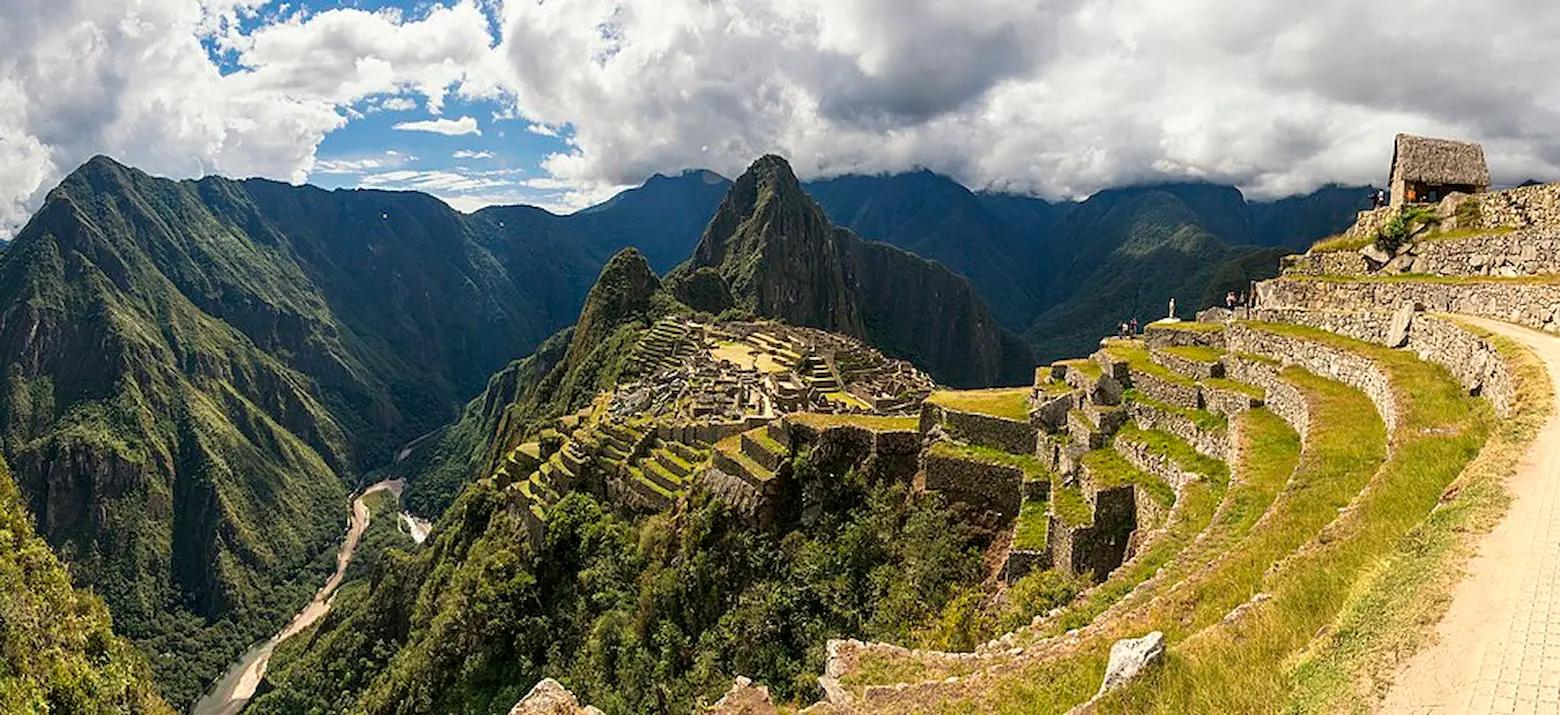
When planning a trip to Machu Picchu, we often face the same frustration: how to enjoy the city beyond the photos and conventional tours? Most tourists walk through the ruins without understanding the true genius of its architecture and the connection with nature that the Incas achieved. If you've ever felt lost among the terraces, temples, and stone walls, this article is for you. Here, you'll discover the secrets of Machu Picchu architecture, how each structure was designed with a specific purpose, and why knowing these details will make your visit much more enriching and memorable.
How was Machu Picchu built?
If you’ve ever wondered how Machu Picchu was constructed, the truth is that it was the work of thousands of skilled Inca workers during the reign of Emperor Pachacuti in the 15th century.
Ashlar masonry and stonework
One of the most remarkable techniques used is ashlar masonry, where stones are finely cut, shaped, and polished to fit together perfectly without mortar. This method provided durability, seismic resistance, and an astonishingly precise finish. The stones interlock so well that even today, you can’t slide a knife between them.
The Incas carefully selected the stones for hardness and stability, using primarily andesite, a dense volcanic rock. Large stones were shaped using hammerstones, wooden wedges, and bronze chisels. The precision of this work is a testament to their advanced understanding of physics and structural engineering.
Terraces and environmental integration
The citadel’s terraces were not just for farming—they were a masterclass in erosion control and water management. By cutting terraces into the mountainside, the Incas created flat areas for agriculture while preventing landslides. Each terrace included layers of stone, gravel, sand, and fertile soil, ensuring proper drainage and optimal growing conditions.
Beyond functionality, these terraces harmoniously blend with the natural contours of the mountain, showing that Inca architecture was deeply respectful of the environment.
Drainage and water management
Machu Picchu receives heavy rainfall, and flooding could have been disastrous. The Incas implemented an intricate network of drainage channels, canals, and fountains to direct water away from the city’s structures. These systems allowed for continuous water flow, irrigating crops and preventing soil erosion, demonstrating the Incas’ engineering foresight.
You might also want to check out: Spanish conquest of the Inca Empire
Materials used in Machu Picchu architecture
Details the primary building materials such as andesite stone, wood, ichu grass, and mud, and how these were carefully selected and adapted to the high-altitude environment.
Stone and andesite
The primary material is andesite, a durable volcanic rock found locally. Its density and strength made it ideal for earthquake-resistant construction. Stones were transported using ramps and manpower, then precisely cut and fitted.
Wood and thatch
Wooden beams supported roofs made of ichu grass, a high-altitude plant providing both insulation and protection. The thatch roofs were practical, blending the buildings naturally with the surrounding environment.
Mud and composite materials
Smaller structures, such as storage units and animal pens, often used mud mixed with straw. This mixture was shaped into bricks or applied as plaster, showing the Incas’ clever use of local, sustainable materials.
Exploring Machu Picchu: the architecture and the experience
Walking through Machu Picchu is more than just seeing ancient stones—it’s stepping into the genius of Inca design. Each terrace, temple, and wall tells a story of centuries-old engineering and spiritual connection. To truly appreciate this marvel, many travellers choose to explore the site with a Peru tour operator, who can guide you through the history, construction techniques, and hidden details that are easy to miss.
A knowledgeable guide helps you understand the Machu Picchu architecture in context, from the precise stonework of the Temple of the Sun to the clever drainage systems protecting the terraces. With the help of a Peru tour operator, your visit becomes an immersive experience, transforming what could be a simple sightseeing trip into a journey filled with insight, discovery, and wonder.
Key features of Machu Picchu architecture
Highlights the main architectural elements of the citadel, including the Temple of the Sun, Intihuatana stone, terraces, urban sectors, and ceremonial spaces.
The Temple of the Sun
This iconic temple was constructed to honour Inti, the Sun God. Its windows align perfectly with the solstices, casting sunlight onto ceremonial stones at precise moments of the year. The curved stone walls are masterfully shaped and fitted, demonstrating the Incas’ ability to combine artistry with functionality.
The Intihuatana stone
Known as the “hitching post of the sun,” this carved stone likely served both as a calendar and a spiritual anchor. It reflects the Incas’ connection to astronomy and their ability to incorporate celestial observation into architectural design.
Agricultural terraces
The terraces weren’t just practical—they were innovative. They allowed cultivation on steep slopes, maintained soil fertility, controlled water runoff, and protected against landslides. Even today, they remain remarkably intact and functional.
Urban and residential areas
Residences and communal buildings showcase trapezoidal doorways and windows, which increase earthquake resistance. Residential sectors were strategically positioned, with larger homes for the elite and simpler homes for commoners, all integrated seamlessly with the mountainside.
Sacred Plaza and ceremonial spaces
At the heart of Machu Picchu lies the Sacred Plaza, a space for gatherings, rituals, and community life. Its central location underscores the importance of spirituality and social cohesion in Inca urban planning.
You might also want to check out: The mita system and mita obligations
Design principles of Machu Picchu architecture
Explores how the Incas integrated their buildings with the natural environment, incorporating sacred geometry, astronomy, and functional aesthetics in their city planning.
Integration with nature
The city was designed to follow the contours of the mountain, making use of natural slopes and avoiding disruption to the landscape. Buildings and terraces are aligned with natural water flows, highlighting the Incas’ respect for their environment.
Sacred geometry and astronomy
Many structures were oriented according to celestial events, such as solstices and equinoxes, ensuring religious and agricultural alignment. The city’s layout demonstrates an understanding of both cosmology and engineering.
Functional aesthetics
Every structure serves a purpose but is also aesthetically precise. The stone walls, terraces, and pathways follow intentional design principles that blend utility, beauty, and spiritual symbolism.
Types of Inca architecture
Covers the variety of architectural styles and purposes, including religious, residential, agricultural, administrative, and military constructions.
Religious architecture
Temples and ceremonial sites, such as the Temple of the Sun, incorporated astrological alignment and precise stonework to connect the physical and spiritual worlds.
Residential architecture
Homes ranged from simple dwellings for commoners to refined residences for nobility, all built for comfort, warmth, and structural integrity.
Agricultural architecture
Terraces, aqueducts, and irrigation systems demonstrate advanced engineering, allowing cultivation in steep Andean terrain.
Administrative and urban planning
Urban layouts included separate zones for nobility, priests, farmers, and artisans. Central plazas served political, social, and cultural functions.
Military architecture
Fortresses like Sacsayhuamán reveal strategic placement, large interlocking stones, and defensive designs integrated with natural elevations.
You might also want to check out: 20 fascinating facts about Inca Culture
Frequently asked questions about Machu Picchu architecture
Provides clear answers to common questions about Machu Picchu, such as its purpose, construction techniques, materials, and alignment with natural and celestial features.
1. Why was Machu Picchu built?
Most scholars agree that Machu Picchu was built in the 15th century under Emperor Pachacuti. It likely served multiple purposes: as a royal estate for the emperor, a sacred religious site, and a center for agricultural experimentation. Its hidden location allowed the Incas to conduct important rituals and maintain strategic control over the surrounding region. The citadel’s layout reflects both political power and spiritual alignment with the mountains and celestial events, showing that the Incas integrated functionality and symbolism in their architecture.
2. How did the Incas achieve earthquake resistance?
The Incas were master engineers, especially considering Machu Picchu is in a seismic zone. They employed ashlar masonry, where stones are precisely cut and fitted without mortar, creating walls that can move slightly during earthquakes without collapsing. Additionally, trapezoidal doorways and windows added structural stability, and walls were often built slightly inclined inward. Terraces also played a dual role: preventing landslides and absorbing seismic shocks, demonstrating the incredible foresight of Inca builders.
3. What materials were used?
The construction of Machu Picchu relied on local materials, each chosen for durability and environmental suitability. The primary material is andesite stone, a volcanic rock that withstands both time and earthquakes. Wooden beams supported roofs, which were thatched with ichu grass, providing insulation and weather protection. For smaller structures, the Incas used mud mixed with straw as plaster or bricks, showcasing their adaptability and sustainable use of natural resources.
4. Who built Machu Picchu?
Machu Picchu was constructed by thousands of skilled Inca workers, including stonemasons, engineers, architects, and artisans. All work was done using hand tools like bronze chisels, hammerstones, and wooden levers. The precision and scale of the city reflect meticulous planning, extensive knowledge of the terrain, and a highly organized labor force capable of transforming a steep mountain ridge into a harmonious city.
5. How was Machu Picchu aligned with the environment?
The Incas built Machu Picchu to integrate seamlessly with the natural landscape. Structures follow the contours of the mountains, terraces manage water runoff, and drainage systems prevent flooding. Many buildings are aligned with celestial events, such as solstices and equinoxes, while sacred temples and ritual stones, like the Intihuatana, were placed to reflect astronomical significance. This integration demonstrates that Machu Picchu was designed not only for human use but also to harmonize with nature and the cosmos.
The enduring legacy of Machu Picchu architecture
Machu Picchu should be an opportunity to experience centuries of spirituality, creativity, and culture, not just a destination. When you understand the architecture of Machu Picchu, you can feel the significance of each stone, the grandeur of each temple, and the function of each piece as though the Incas themselves were guiding you through their world. For curious travelers like you, this perspective turns the trip from a straightforward excursion into one of discovery and a deep connection to the past. Understanding Machu Picchu's architecture not only satisfies your curiosity but also leaves you with memories of your trip long after you have left the Andes.
Why Kenko Adventures?
We offer unique services like: hot shower and private toilets on treks. We have a real responsibility taking care of our planet.
Experts on: Inca Trail hikes and Machu Picchu Hiking Tours. We operate small groups.
Superior Quality services and full flexibility for any changes in this pandemic
Free warm jacket for my litle friend!
Kenko Adventure Peru founder decided to add a social proyect in all Our tours that means, if you are booking a tour with Us, you automatically are donating a warm jacket for Our litle kids that have very hard living in very cold conditions near by the Andes Mountain
